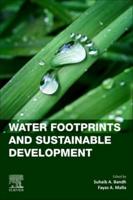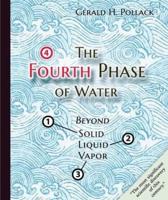Publisher's Synopsis
The objective was to determine the water footprint of the wheat grain and white chickpea crops produced in Cajeme, Sonora, for which mathematical models were developed to determine the efficiency and productivity of water in both crops. It was determined that a total of 1,056 L kg-1 of wheat and 1,621 L kg-1 of white chickpea were used. The physical productivity indicators were 0.947 kg m-3 in wheat and per cubic meter and 0.617 kg m-3 in white chickpea. In economic terms, a total of 115.63 m3 of water were used in wheat to generate US$ 1 dollar of loss, and in chickpea a total of 6.84 m3 were used per dollar of profit. The jobs generated per cubic hectometer of water used in irrigation were 0.56 jobs hm3 in wheat and 1.16 jobs hm3 in white chickpea. Likewise, 1.4 h ton-1 were required for wheat grain and 4.3 h ton-1 for white chickpea. It is concluded that the white chickpea produced in Cajeme, Sonora showed indicators of efficiency and economic and social productivity superior to those determined in the wheat crop.










